We're all familiar with poor user experiences – whether for an entire product or specific features.
For example, the shift to USB-C ports. From a business perspective, USB-C makes sense: it's faster, more durable, and becoming the standard. However, as a user, I have both USB-C and older USB cords, and not all of my devices have transitioned to USB-C yet. This leaves me frustrated and fumbling with incompatible cords.
Another pain point: the iPhone 13 is practically identical in size to the iPhone 12, yet they moved the volume buttons. So now my old case doesn't properly fit my new phone – a seemingly avoidable issue.
And while not a typical consumer product, there's the matter of the Death Star's fatal exhaust port. You'd think with millions of Imperial staff onboard, someone would have caught that design flaw through better user testing.
By striving to understand the user experience, we product marketers can help engineering teams avoid these types of pain points that negatively impact customers. Walking in the user's shoes allows us to identify and fix issues, ultimately helping our products succeed.
The causes of poor user experiences
So, what do we know about the causes of poor user experiences? According to research from McKinsey on the business value of design, 40% of organizations don’t consult users during product development. Isn’t that wild? That’s two out of every five! We need to be getting both qualitative and quantitative user feedback to inform our roadmaps.
Additionally, 50% of companies admit to having no objective way to guide their design teams’ output.
And these issues come at a major cost: $380 million was lost in one year across businesses due to bad design and UX.
The same McKinsey study found that design and user research are among senior executives’ biggest weaknesses. Key problem areas include employing design metrics, balancing qualitative and quantitative insights, and focusing first on user needs rather than product specs.
By putting ourselves in the user’s shoes, we can help address these issues.
Why should you care about user feedback?
So why should product marketers care about user feedback?
First, it allows us to step back from the internal view and see things from the user’s perspective. This counteracts groupthink, where we simply echo ideas we’ve heard from our boss or colleagues. To get an external perspective, we can subscribe to industry RSS feeds, monitor social media chatter about our business and competitors, or use competitive intelligence platforms.
Second, understanding user pain points is another key reason to walk a mile in their shoes. Especially when working with engineers, you can uncover issues in the user journey that may not be visible internally. For instance, if you’re working at a startup with a limited budget, you can screen record using an iPhone while testing your product, then show the product team real user friction points.
I did something similar at a past company. Posing as a customer, I signed up for our CRM communications using a fake email to go through the onboarding process. I realized customers weren’t receiving some promised weekly emails for over six weeks – an issue I wouldn’t have identified without that hands-on user experience.
Third, gathering user feedback allows us to make informed product decisions and address those previously hidden pain points.
Where can you get user feedback?
Getting user insights has never been easier. There are great tools for competitive intelligence and social listening. But you can also use scrappy, DIY tactics like focus groups, surveys, and interviews. While paid tools likely provide less biased data, scrappy approaches can work in a pinch.
For example, when I worked at Microsoft, I needed some quick customer data. I simply went to our on-campus store, approached Xbox shoppers, and asked targeted questions – then brought those learnings back to my team.
We can also leverage unsolicited feedback, whether through social media monitoring, customer support interactions, product communities and forums, or customer reviews.
With business and consumer products alike increasingly facilitating customer conversations, there’s a wealth of insights available to you.
How market leaders gather feedback
Let's look at some real-world examples of how companies effectively solicit user feedback.
Bake it into the product
YouTube provides an excellent case study. They prompt users to rate videos on a simple 5-point scale, allowing them to easily calculate NPS scores. While you may need a highly engaged user base for this approach, it shows how feedback mechanisms can be baked right into products.
Uber does something similar. It also gamifies ratings, scoring both drivers and riders. This two-way system incentivizes good behavior on both sides.
Subscription product case studies
In the subscription economy, there are a lot of different reasons why consumers sign up for recurring services. As product marketers, our job is to identify our service’s core value proposition and figure out what extra features can help retain subscribers if prices rise.
Amazon Prime
During my time at Xbox working on Game Pass subscriptions, we studied how Amazon gets it right with Prime.
The long and the short of it is that Prime not only gives you convenience and reliability with free fast shipping, but subscribers also gain access to video, music, Alexa, and other benefits, creating an enticing overall package at a reasonable monthly rate.
The key is understanding what core user jobs-to-be-done our product fulfills, then layering on complementary perks that encourage loyalty. So, by continually learning from our users, we can build subscriptions they’ll stick with.
Xbox
Now let me share a case study from my Xbox Game Pass subscription work. Our research showed declining membership numbers, with users feeling the $15 monthly fee didn't provide enough value.
Like with Amazon Prime, we needed to enhance the offering, so we launched a new "Perks" program – a benefits ecosystem with downloadable content video game add-ons like swords and shields for your character.
We also found out that a lot of customers use their Xbox consoles as home video systems, so we negotiated partnerships with Disney+, Hulu, Marvel, HBO, and more to allow members to consolidate their streaming services.
The Perks ecosystem hugely boosted retention as it gave users what they asked for – more value without raising prices. And it drove acquisition too. Services like Disney+ wanted to replicate our Perks model. So we gave away free Game Pass trials through their subscriber bases while gaining new members from theirs.
The key takeaway is that by literally walking in our customers' shoes and understanding their needs, we designed features that delighted members, driving both retention and growth. Listening to user feedback was crucial to Perks' success.
Walking a mile in the users’ shoes at Fireblocks
Let's look at another example. The massively popular game Fortnite rakes in money from players – especially kids begging parents to exchange their hard-earned cash for V-Bucks. This virtual currency lets you purchase custom skins, dances, and gear for your in-game avatar.
The problem is that the items you buy are locked into Fortnite’s walled garden. That money is gone forever, with no real-world value and no ability to transfer purchases to other games. As players start to realize they’re spending real money on fake goods, they seek alternative platforms.
This leads nicely into my current role at Fireblocks. For context, we provide institutional cryptocurrency custody and infrastructure for companies from hedge funds to gaming platforms to NFT providers.
I now lead a new product called the Web3 Engine – the first offering of its kind. It features three suites enabling developers to build the next generation of blockchain-based experiences.
There's DeFi (short for decentralized finance) for buying crypto and generating yield.
Then there's GameFi, part of 2022's exploding “play to earn” gaming trend. Users connect blockchain wallets to games, purchasing items stored on public ledgers instead of locked in closed ecosystems like Fortnite. These items can then be resold, traded, or held as investments.
We might even one day see true cross-game interoperability, allowing users to take their swords from Fortnight to Minecraft.
To bring these products to life, we listened to our target audience. That allowed us to proactively address the pain points that users come up against through innovative solutions like the Web3 Engine. We walk in users' shoes, providing technology that empowers players, giving them control, ownership, and flexibility over their experiences.
To develop our products, we made sure to listen closely to our target audience. We anticipated any issues that users may face, such as difficult experiences while making purchases or managing their items. That's why we created innovative solutions like the Web3 Engine, which proactively addresses these pain points.
This article is based on a presentation given by Chris Nachman at the Product Marketing Summit in Seattle. Catch up on this presentation, and others, using our OnDemand service. For more exclusive content, visit your membership dashboard.





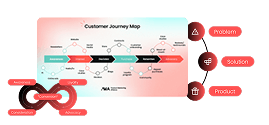
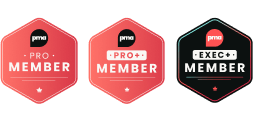



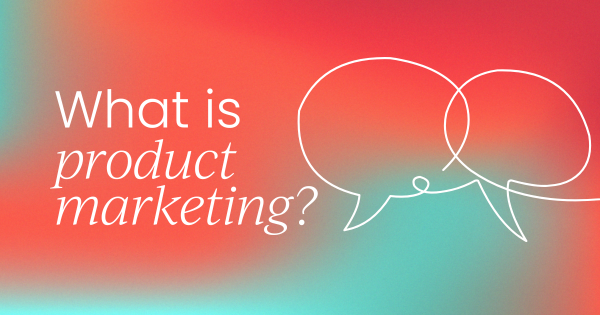


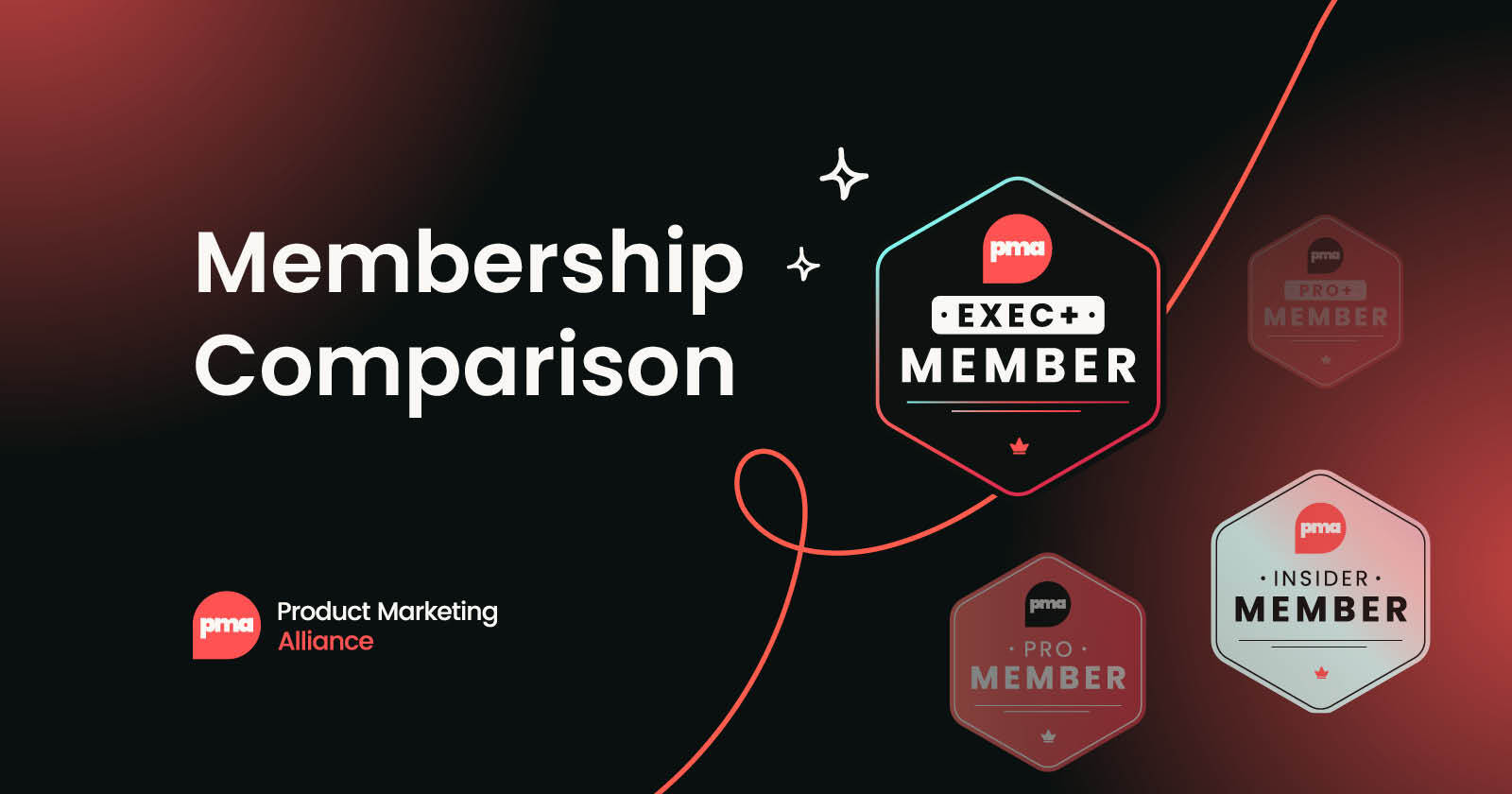
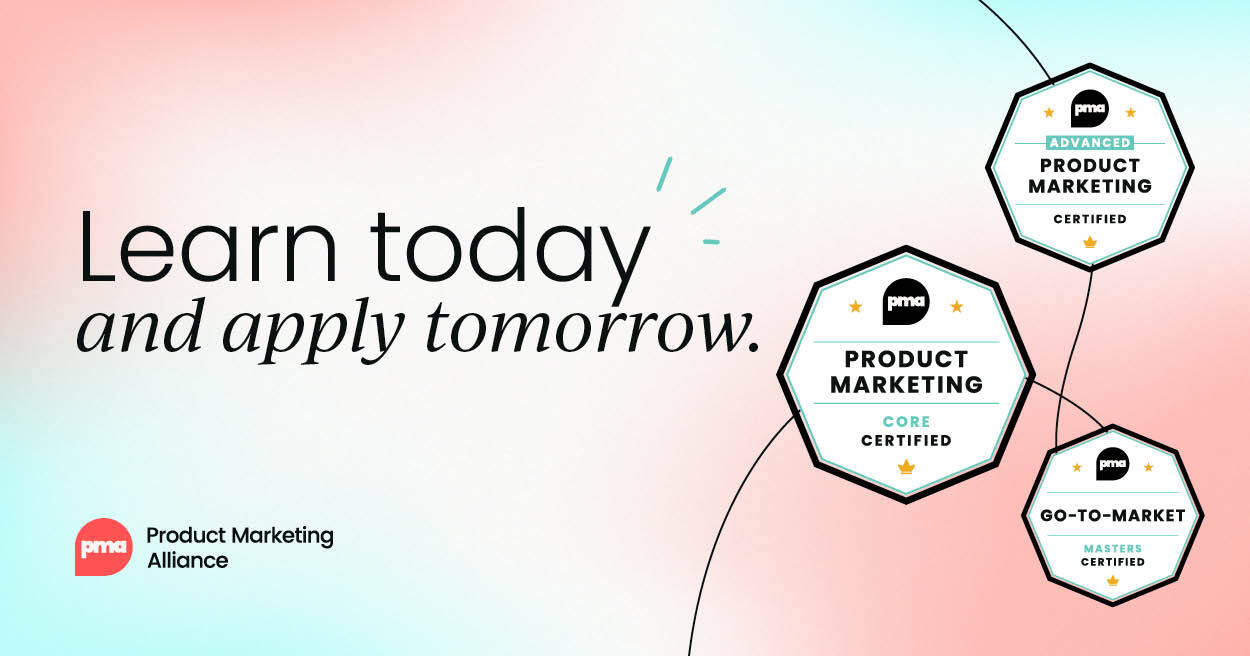
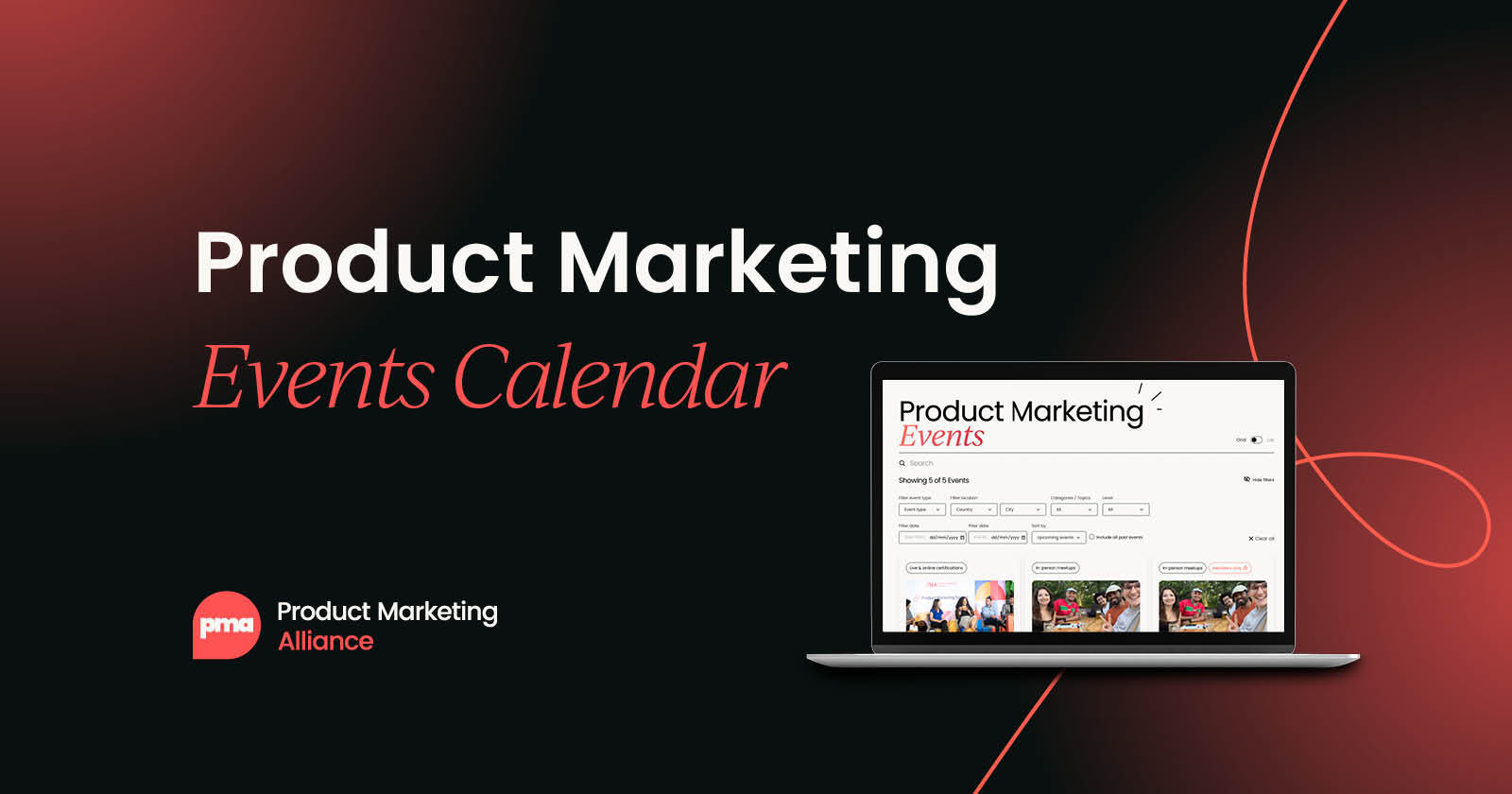


 Follow us on LinkedIn
Follow us on LinkedIn



.svg?v=ee8cad4ecc)